The Wieliczka salt mine started to be excavated in the 13th century and, producing table salt until 2007, was one of the world's longest operating salt mines. Visiting it was popular throughout times, with Copernicus, Goethe, von Humboldt and Chopin, to name just a few, having seen its chambers and tunnels. It is now a UNESCO World heritage site as well as a Polish Historic Monument.
Today, several levels of wooden staircases lead into the depth of the mine. The Weimar Chamber is located next to a brine lake.
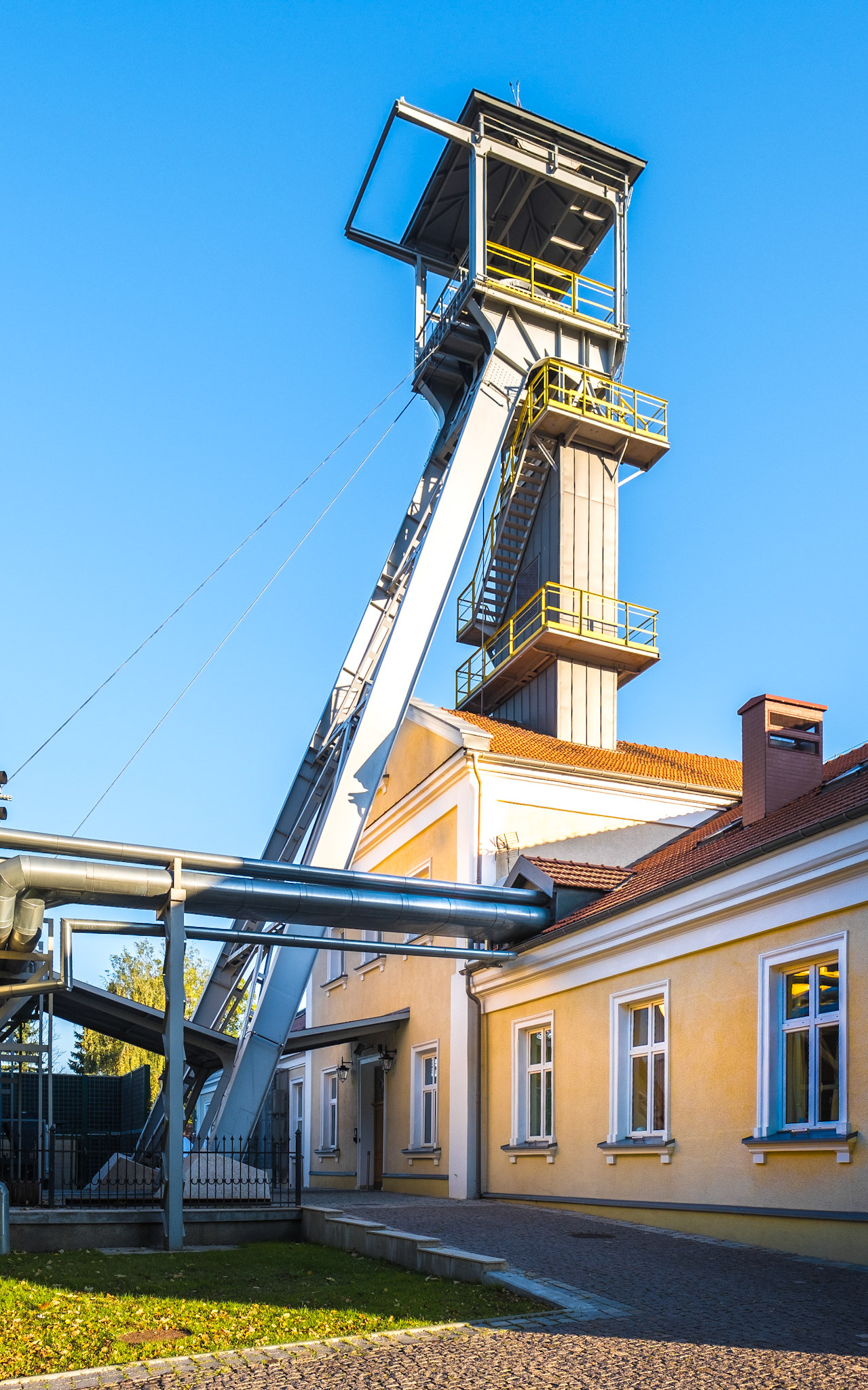
Wieliczka Salt Mine head frame
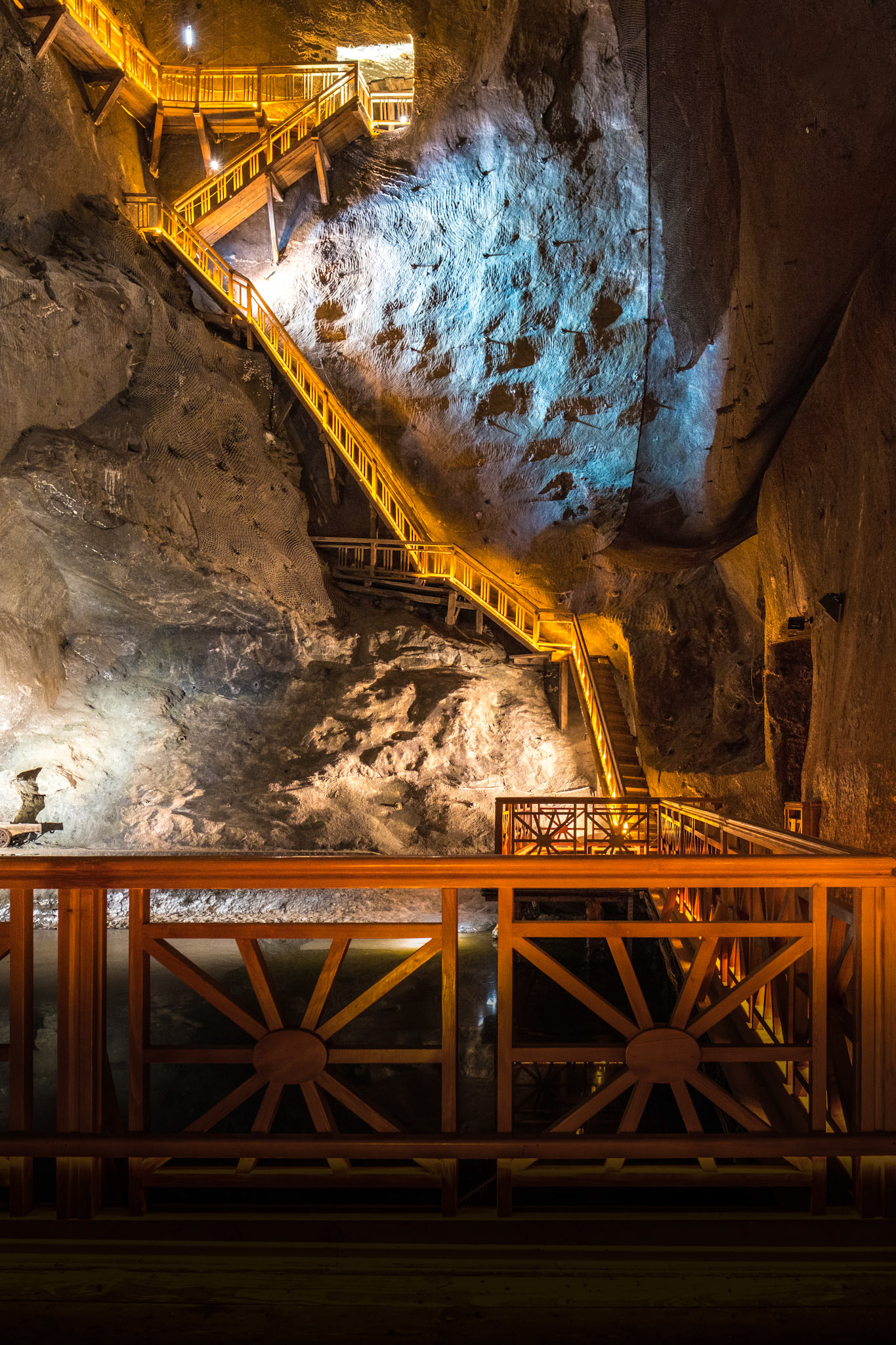
Wieliczka Salt Minę - Weimar Chamber
The mine's tunnels have a length of over 300km and there are 3000 chambers spread across 9 floors at different depths up to 327m below the surface.

Wieliczka Salt Mine tunnel
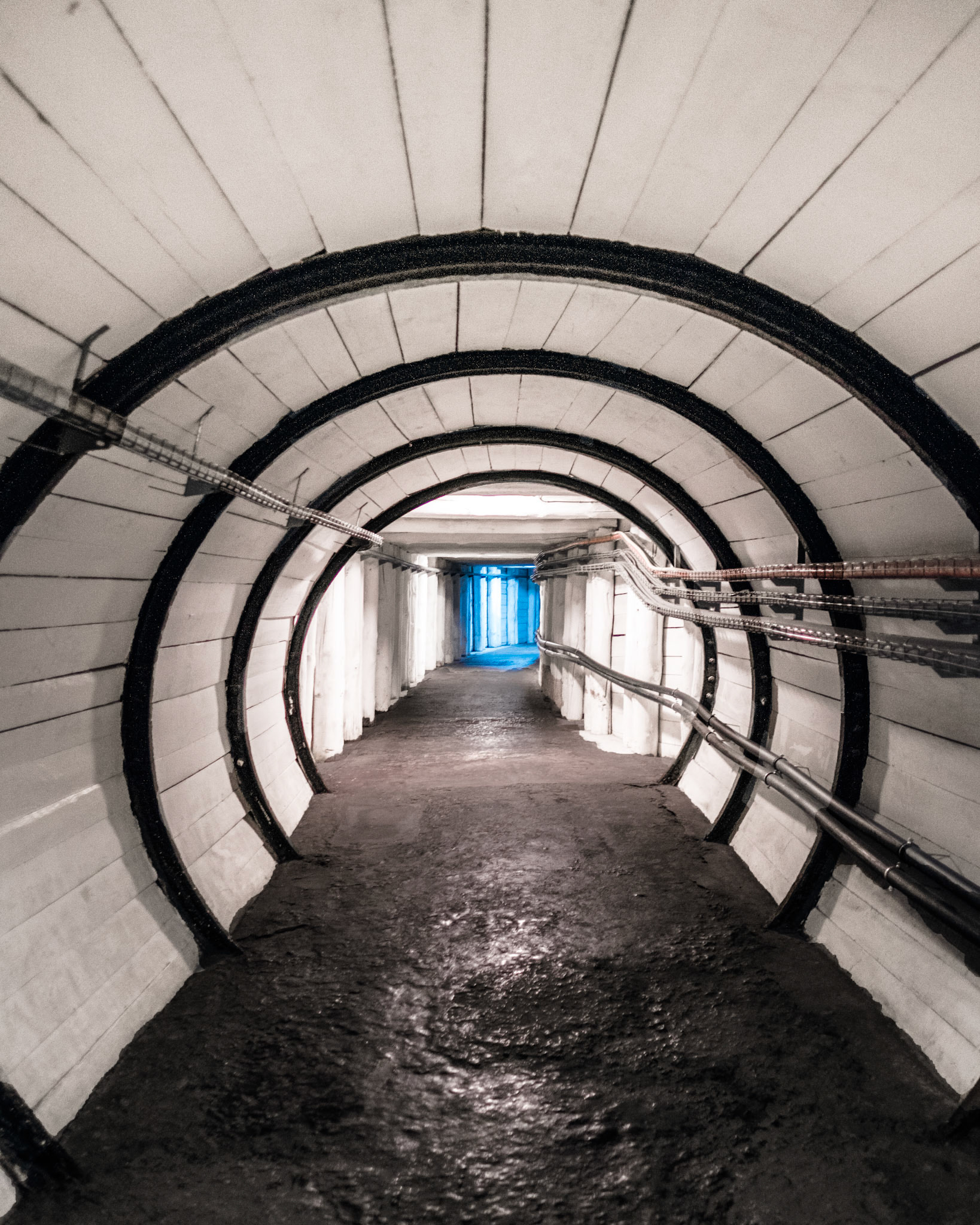
Wieliczka Salt Mine tunnel
Located 101 meters below ground, the St Kinga’s Chapel is 12 meters high, 18 meters wide and 54 meters long. It is Europe's only underground church and masses are still held here regularly. Many of its decorations, such as the altar, were created by miner-sculptor Józef Markowski between 1895 and 1920. It has great acoustics and is therefore even sometimes used for concerts and recordings.
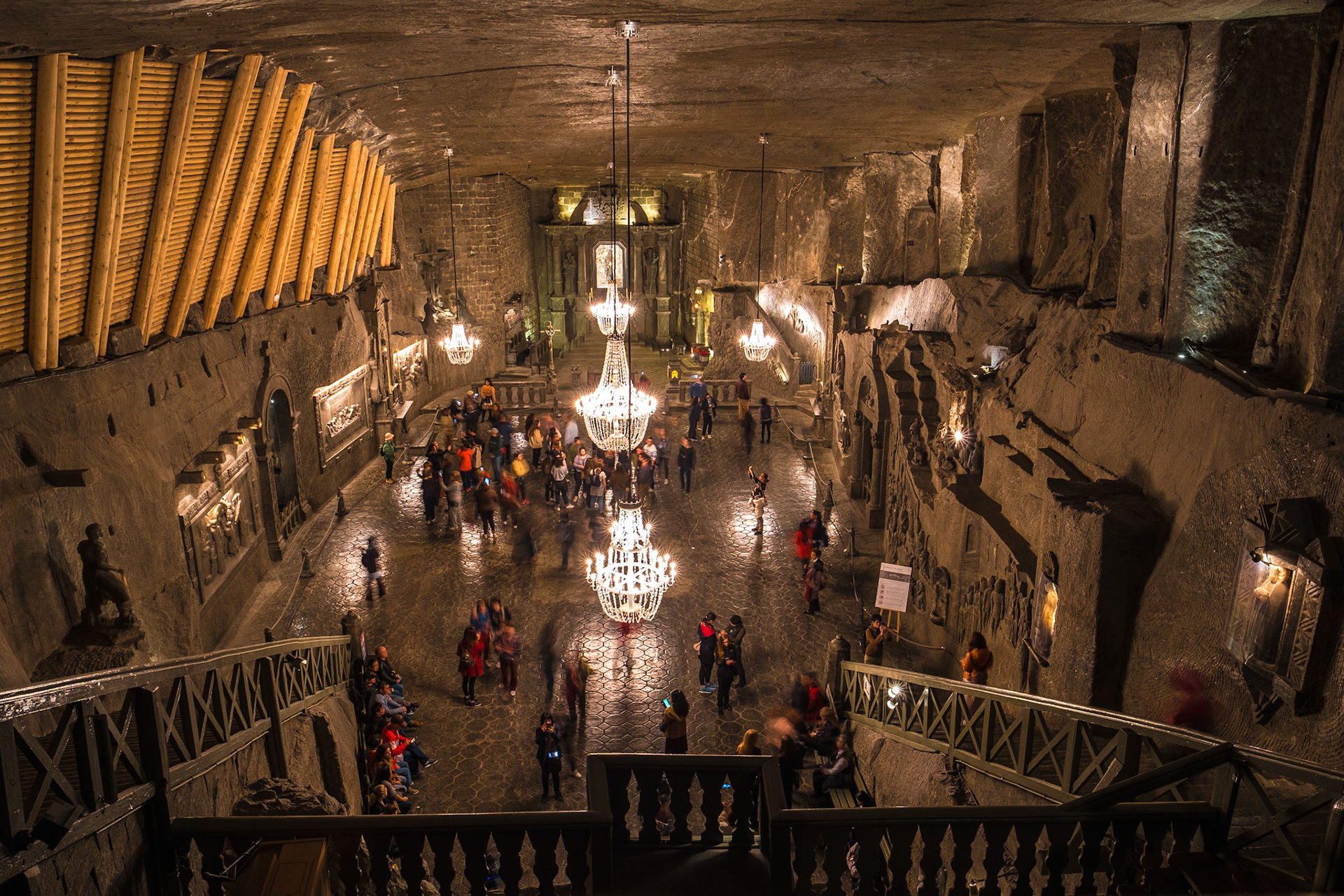
St Kinga’s Chapel
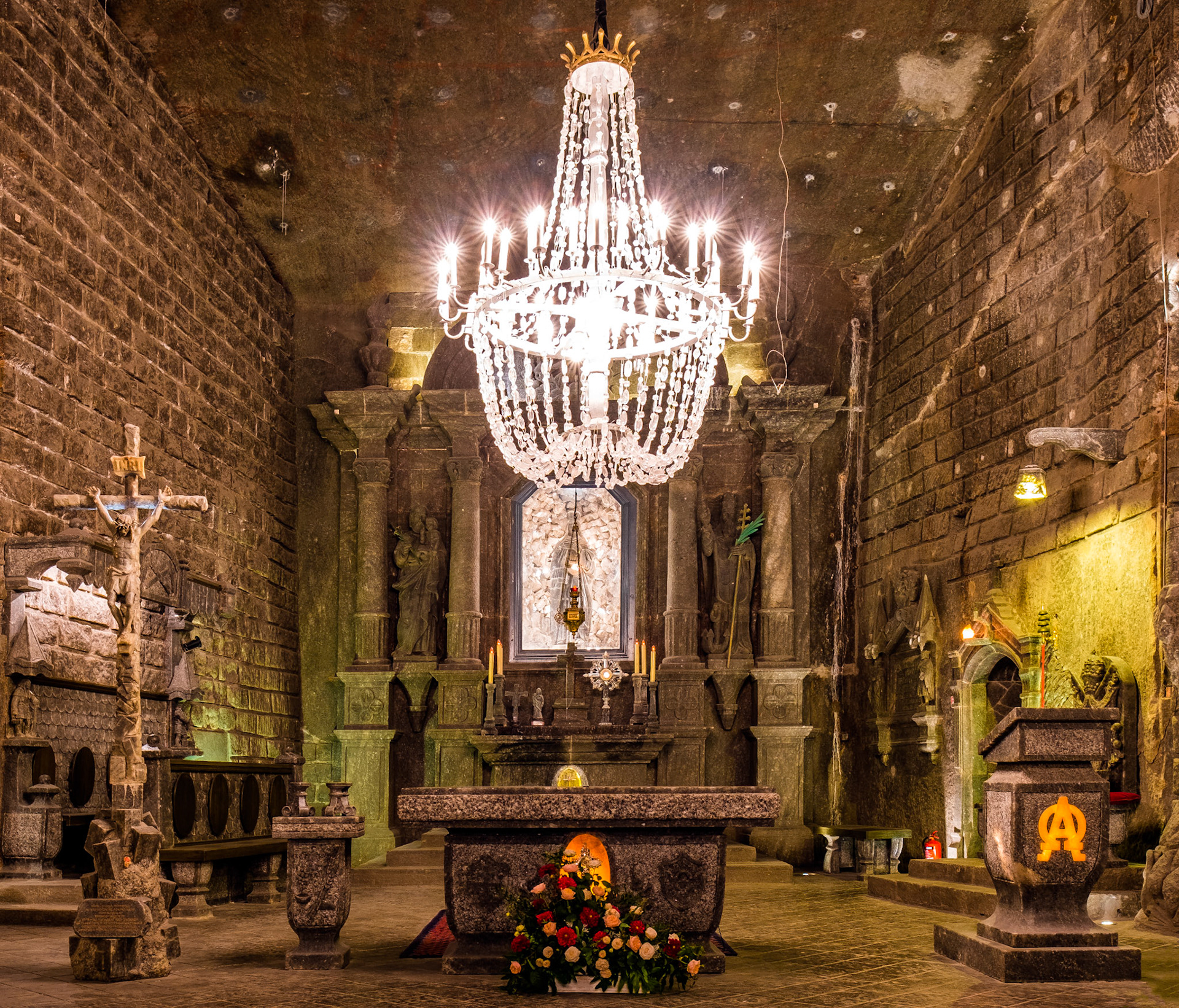
St Kinga’s Chapel altar
The Michalowice Chamber is 35 meters high and secured by thick wood scaffoldings.

Holy Cross Chapel

Michalowice Chamber
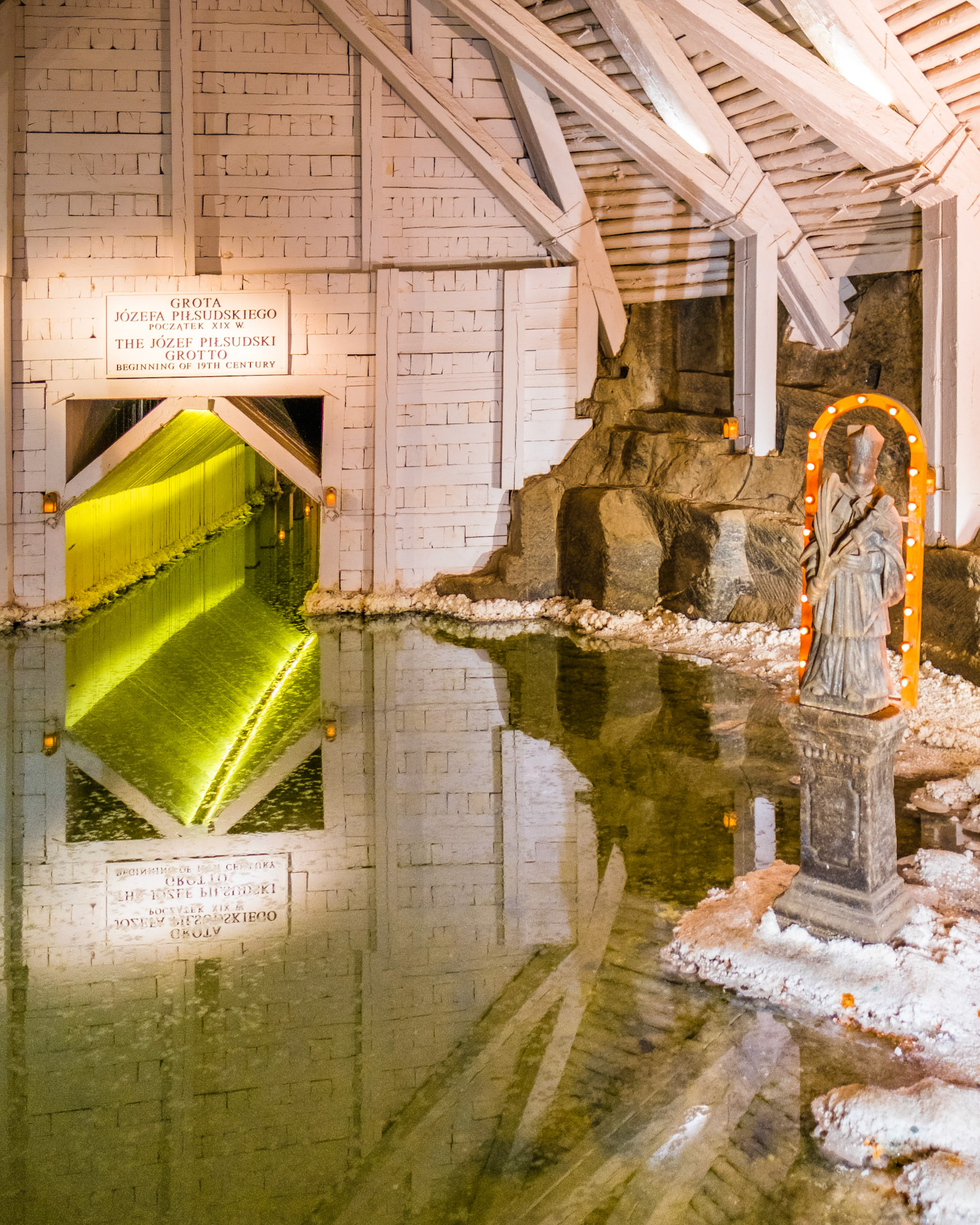
underground lake
You may also like